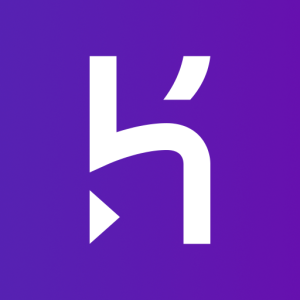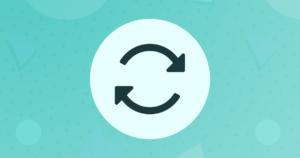If you’ve just won a tough bid or landed a job at a new company, congratulations! You have some celebrating to do. Save the real party for after the project is completed, though, because you’re already behind.
Fashioning a useful and relevant website requires you to be inside a lot of heads. You have to understand why the employees get out of bed in the morning, what executives spend their days doing, why their company has customers, and what those customers expect from the website. If you’re unfamiliar with the industry and the competitors, you then need to become acquainted fast.
Feeling overwhelmed yet? Here are some ways to tackle a complicated discovery process without losing it:
Before Kickoff
- Be social—Track down stakeholders and employees on social networks. Gain a feel for their expertise, personality, and internet savviness.
- Sleuth—Find their websites, read their blog posts, look at conference slides, and read comments.
- Be frugal—Avoid spending too much time on a project if the contract is yet to be signed, but even two or three hours of research can put you a step ahead.
During Discovery
- Learn the lingo—It can seem like some industries have an acronym quota so that no one else can understand them. By immediately starting a glossary of industry terms, you’ll help curb your awkward silences during calls as you try to remember the difference between an ASN and an ANS. Keep the glossary handy whenever you’re working on the project, use the terms in your internal discussions, and try to absorb as much as possible.
- Get the whole picture—It can be tempting to only interview stakeholders or executives, but their opinions on customers and use of the website may not line up with reality. In the same way, basing changes solely on customer feedback is shortsighted, and may result in you failing to address a new direction the executive team may be taking the company. Talk to as many customers, employees, business partners, and stakeholders as the scope and timeline allow.
- Embrace ignorance—Use your lack of knowledge to your advantage and don’t be afraid to ask “stupid” questions. It’s easy to gloss over details during the discovery process that will show up later, so focus on areas where you find yourself making assumptions.
Throughout the Project
- Stay current—Your client’s business and the industry continue to evolve. Stay abreast of industry news with enewsletters, RSS feeds, and social networks. You should have signed up for these initially, so now you’re just checking them occasionally.
- Watch competitors—When a competitor updates their site or changes a product offering, talk about it with your client. You can suggest responsive edits that reflect their changes in strategy. Your client will appreciate your attentiveness and business acumen.
- Be a people person—Remember that stakeholders are real people, and that your best work will come out of a sensitivity for client-side dynamics. Discovery is more than data, and the most successful products also consider the human element.
All of these things will help you get up to speed in short order. But whether you have three months, three weeks, or three days for discovery, only one thing will really motivate you to do great work: genuine interest. If you want to do great work that’s interesting and challenging, become an advocate for your client, and everything else will fall into place.
Emily Smith is an information architect and usability consultant for the web and Apple devices. She co-works with other web professionals in Greenville, SC and can be found online at emilysmith.cc.


